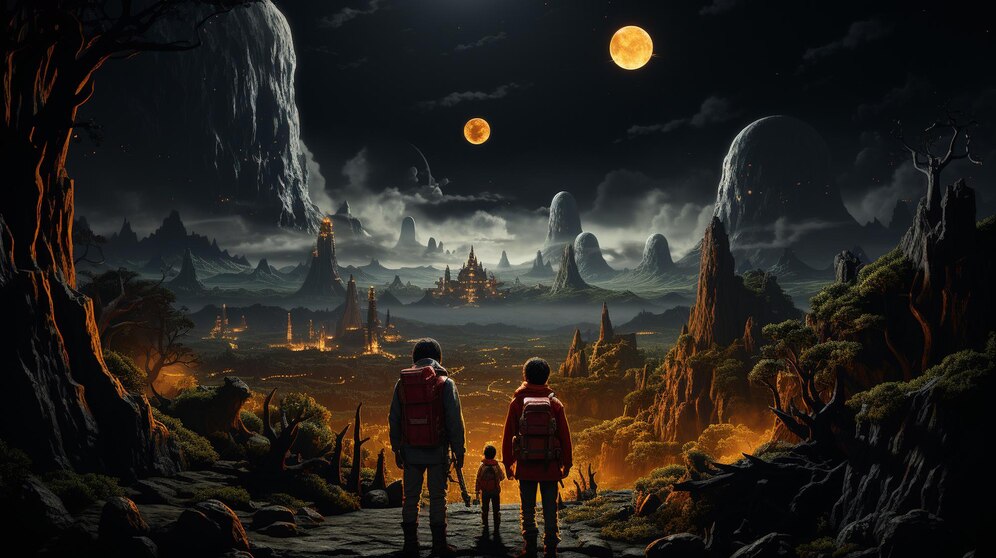In the tapestry of human culture, few forms of expression are as universal and profound as music. From the rhythmic beats of ancient drums to the intricate melodies of modern symphonies, music has been an integral part of human existence, serving as a vehicle for communication, emotion, and creativity. In this exploration of musical arts, we embark on a journey through the rich tapestry of sounds, styles, and meanings that define this timeless form of expression.
The Language of Music:

Music is often described as a universal language, transcending barriers of geography, culture, and language. Indeed, the power of music lies in its ability to convey emotions and ideas without the need for words. Whether it’s the jubilant crescendo of a triumphant symphony or the mournful strains of a melancholy ballad, music has the unique ability to evoke a wide range of emotions and experiences.
At its core, music is comprised of various elements such as melody, harmony, rhythm, and timbre. These elements come together to create a sonic landscape that can be both captivating and transformative. From the classical compositions of Mozart and Beethoven to the improvisational jazz of Miles Davis and the soulful rhythms of traditional African drumming, music offers a vast array of styles and genres, each with its own unique language and expression.
Exploring Musical Genres:

One of the most fascinating aspects of music is its diversity. From the haunting melodies of Celtic folk music to the pulsating rhythms of Brazilian samba, the world of music is as vast and varied as the human experience itself.
Classical music, with its rich history and tradition, stands as a testament to the enduring power of musical expression. From the elegant symphonies of the Baroque period to the romantic sonatas of the Romantic era, classical music offers a wealth of beauty and complexity. Meanwhile, the vibrant world of jazz music embodies the spirit of improvisation and spontaneity, with artists pushing the boundaries of harmony and rhythm in search of new sounds and sensations.
In the realm of popular music, genres such as rock, pop, and hip-hop have captivated audiences around the world with their infectious melodies and catchy rhythms. From the rebellious anthems of the 1960s counterculture to the slick production of modern pop hits, popular music reflects the ever-changing tastes and trends of society.
The Role of Technology:

In recent years, advances in technology have revolutionized the way we create, consume, and experience music. From the invention of the phonograph to the rise of digital streaming platforms, technology has played a crucial role in shaping the evolution of musical arts.
Recording technology, in particular, has transformed the music industry, allowing artists to capture their performances with unprecedented fidelity and precision. Meanwhile, digital audio workstations and software synthesizers have democratized the process of music production, empowering musicians of all skill levels to create professional-quality recordings from the comfort of their own homes.
In addition to recording technology, the internet has also had a profound impact on the music industry, providing artists with new opportunities to reach audiences and distribute their music directly to fans. Social media platforms and streaming services have become powerful tools for music promotion and discovery, enabling artists to connect with listeners around the world in ways never before possible.
The Future of Musical Arts:

As we look to the future, the possibilities for musical expression seem limitless. Advances in artificial intelligence and machine learning are opening up new frontiers in music composition and performance, blurring the lines between human creativity and technological innovation. Meanwhile, virtual reality and augmented reality technologies promise to revolutionize the way we experience live music, transporting audiences to immersive virtual worlds where they can interact with performers in ways never before imagined.
Yet, for all the technological advancements and innovations, the essence of music remains unchanged. At its heart, music is a deeply human experience, a means of connecting with ourselves and with each other on a profound emotional level. Whether it’s the simple joy of singing along to a favorite song or the transcendent beauty of a symphony orchestra in full flight.
Conclusion:
In the vast and ever-changing landscape of human culture, music stands as a timeless beacon of creativity, expression, and connection. From the ancient rhythms of tribal drumming to the cutting-edge sounds of electronic dance music, music has the power to transcend boundaries and unite us in a shared celebration of sound and emotion. As we continue to explore the rich tapestry of musical arts, let us embrace the beauty and diversity of this universal language, and celebrate the boundless creativity of the human spirit.




